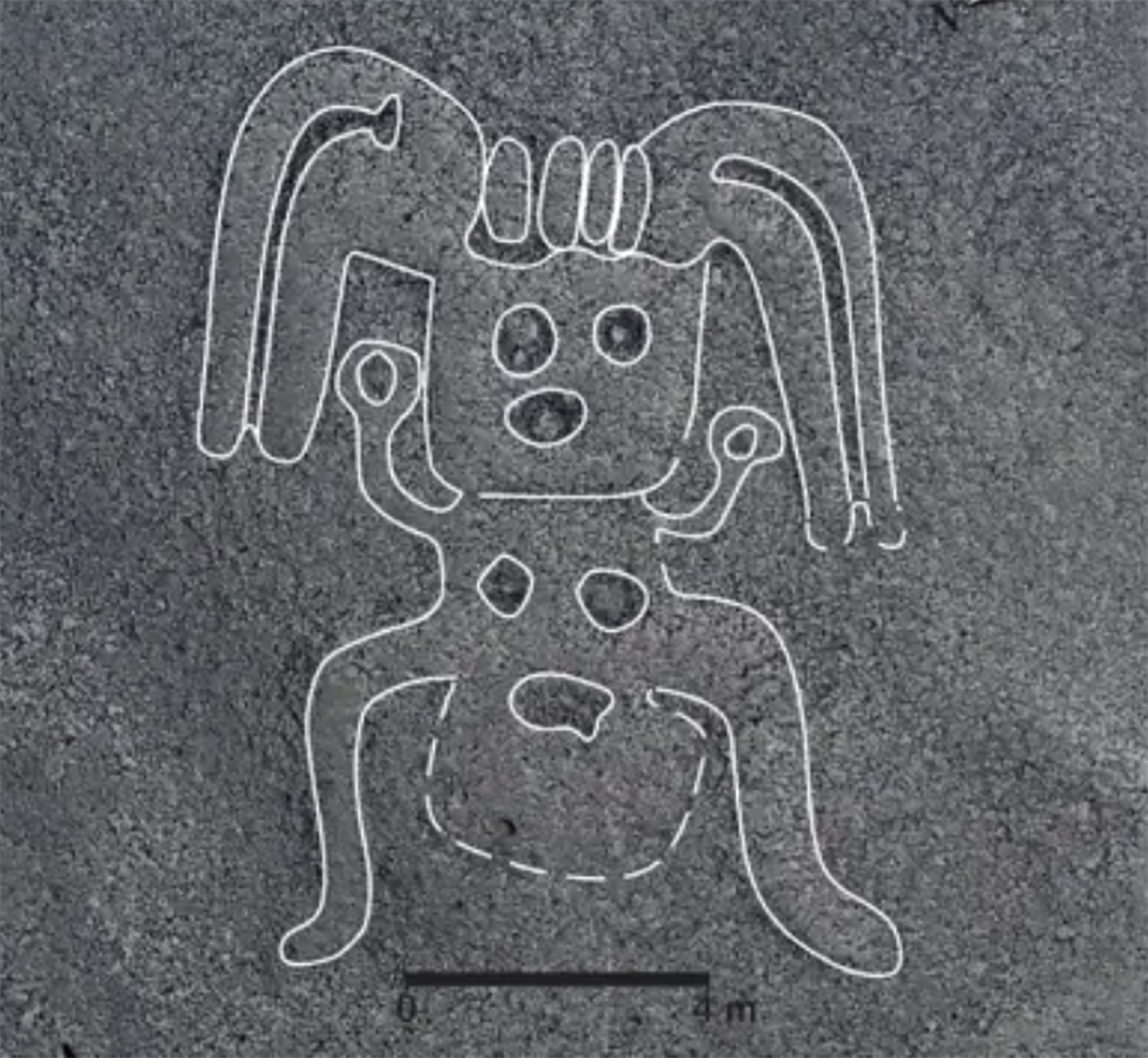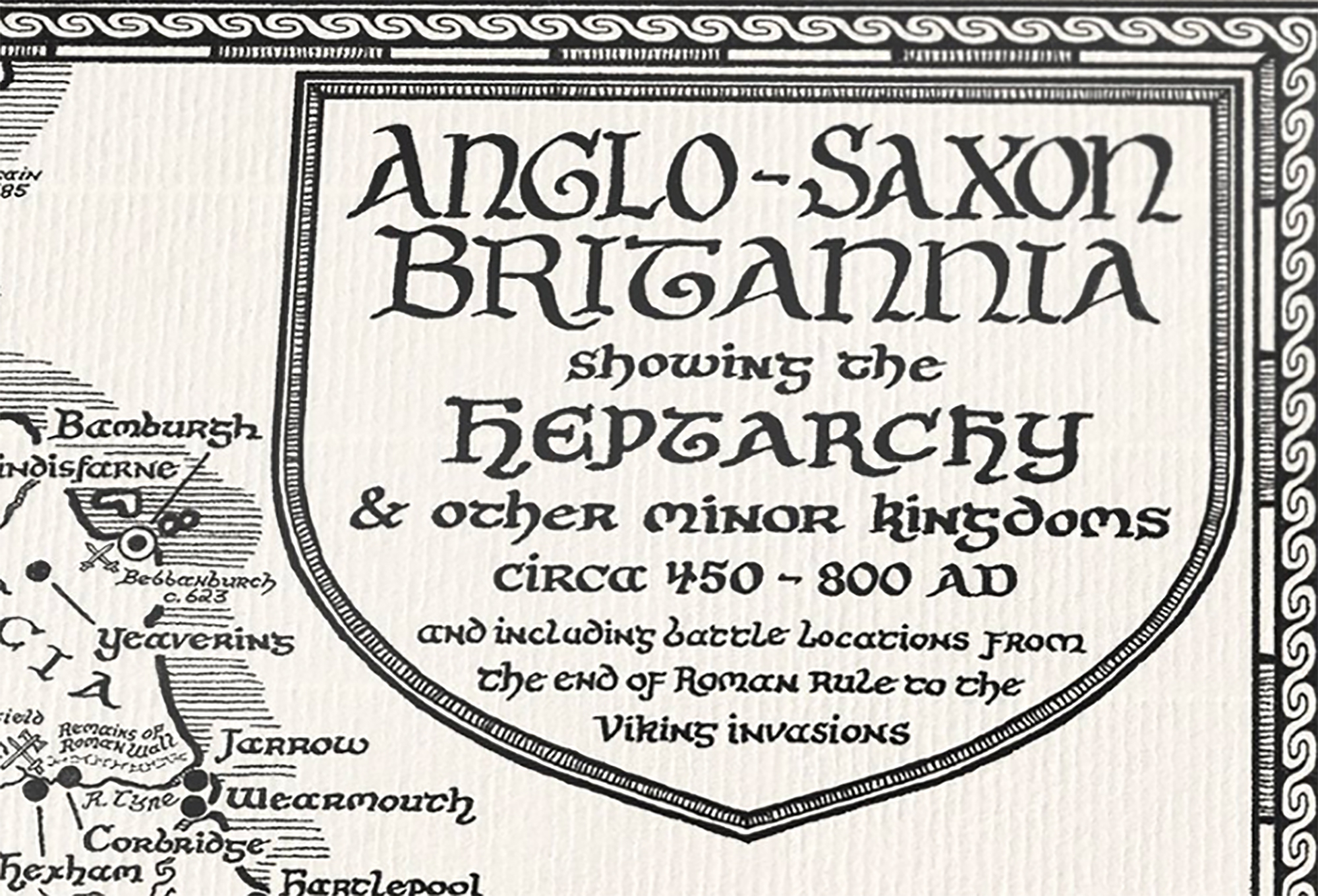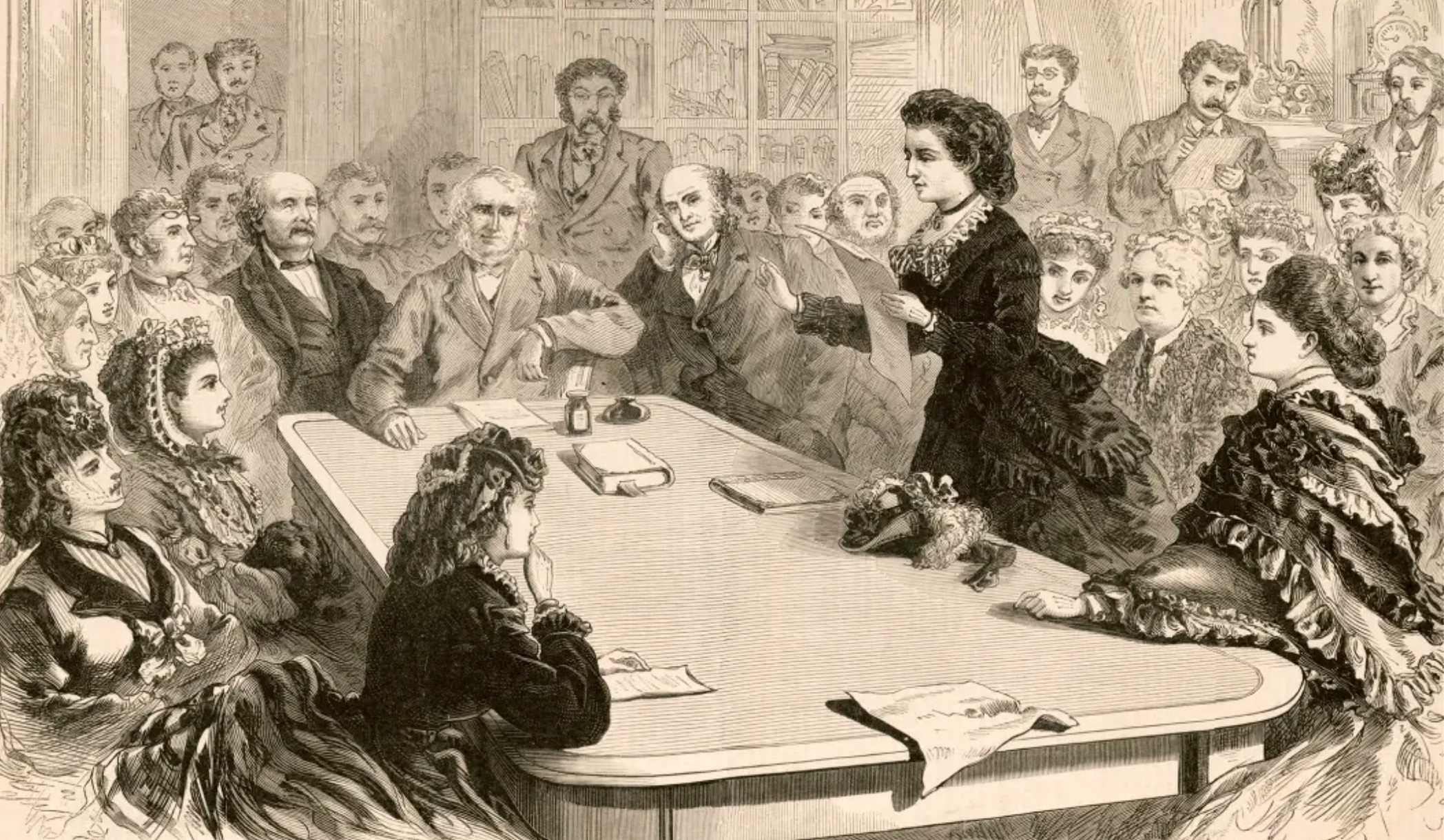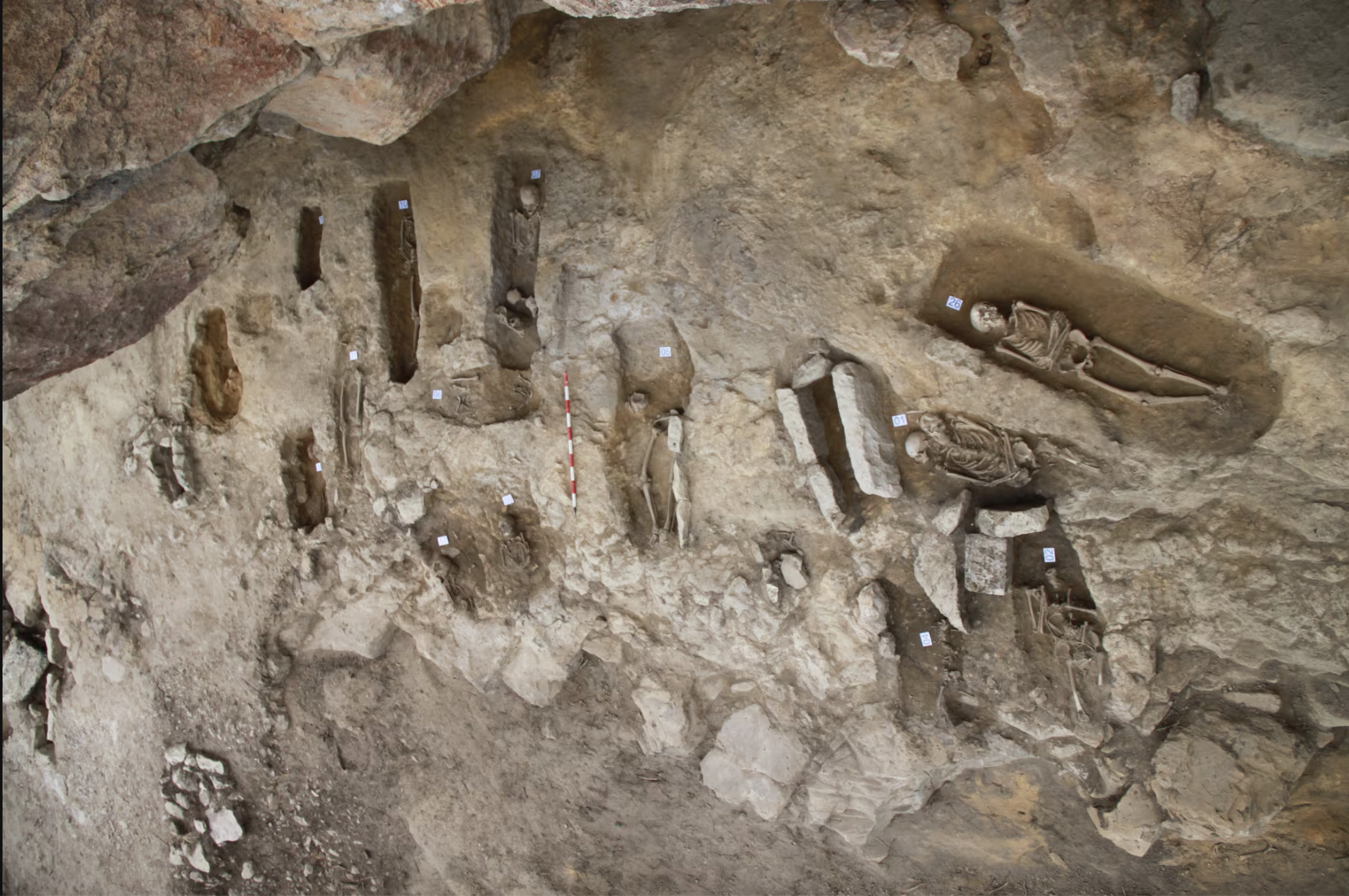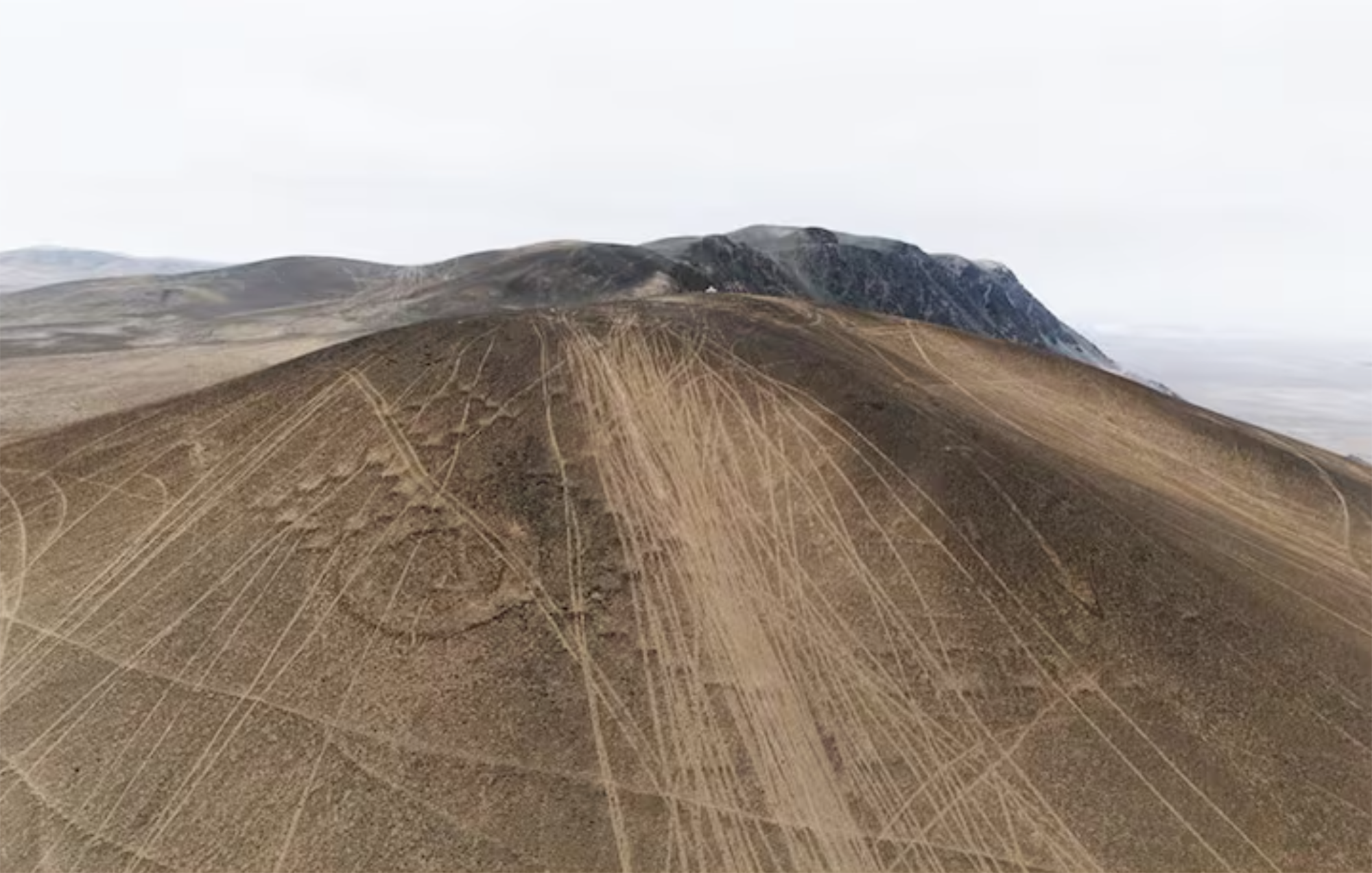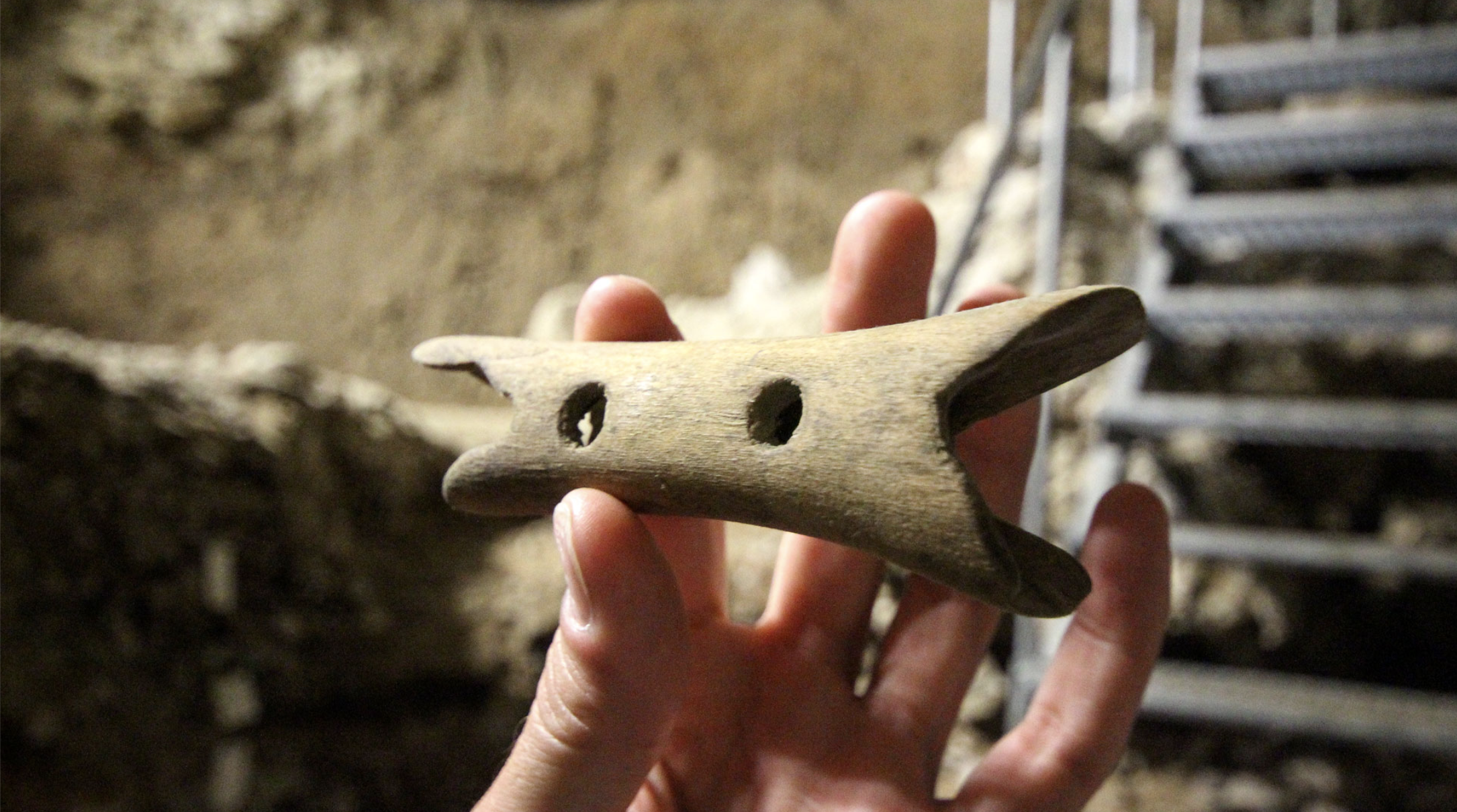The crusaders weren't that European.
- It has been stated for a long time that in the Crusades the good Christian Europeans spoke against the evil unfaithful Muslims.
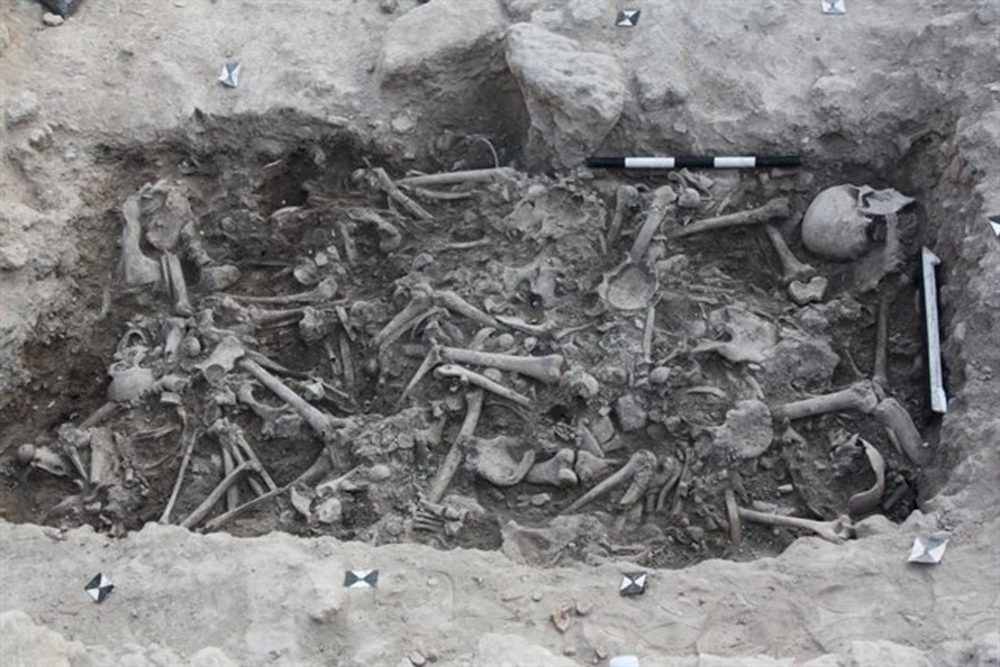
But, as well as debatable the question of good and bad, DNA has just confirmed that “crusaders” were not as European as it was thought.
An article in the journal American Journal of Human Genetics explains the results of research led by Chris Tyler-Smith, from the Wellcome Sanger Institute: In a 13th-century battle near Sidon, in today’s Lebanon, the DNA of nine crusaders killed in the battle has been analysed and it has been concluded that only three of them were European – specifically of Italian, French and Basque origin – four from the Middle East and the other two had mixed genetic ancestors.
Born 2 October 1968. A few months earlier, the student movement started on June 22 organized a rally in the Plaza de las Tres Cultura, in the Nonoalco-Tlatelolco unit of the city. The students gathered by the Mexican army and the paramilitary group Olympia Battalion were... [+]
A team of researchers led by the Japanese archaeologist Masato Sakai of the University of Yamagata has discovered numerous geoglyphs in the Nazca Desert (Peru). In total, 303 geoglyphs have been found, almost twice as many geoglyphs as previously known. To do so, researchers... [+]
Tijarafe (Canary Islands), mid-14th century. When the first Catholic monks came to the area of the island of La Palma, the Awares, the local Aborigines, saw that they worshipped the sun, the moon and the stars.
And this has been confirmed by the archaeological campaigns carried... [+]
On the northern coast of Peru, in the deposit of Diamarca, mochica culture (c. 330-H. C. 800) have found a trunk room. This culture is known for its impressive architecture, vast religious imaginary and colorful walls full of details.
The room found confirms these... [+]
Maule, 1892. Eight women from the Salazar Valley headed home from the capital of Zuberoa, but on the way, in Larrain, they were shocked by the snow and all were killed by the cold. Of the eight, seven names have come: Felicia Juanko, Felipce Landa, Dolores Arbe, Justa Larrea,... [+]
The University of Nottingham has changed its name to the Master in Studies on Anglo-Saxons and Vikings: Medieval Higher Studies of England. The Anglo-Saxon England Journal of the University of Cambridge had also been previously renamed: It's the Early Medieval England Journal... [+]
Born 2 April 1970. The newspaper New York Herald published a letter with activist and broker Victoria Woodhull (1838-1927), in which he realized his candidacy for the U.S. presidential elections of 1872. It is the youngest candidate in history, who would be 34 years old on the... [+]
Treviño, 6th century. A group of hermits began living in the caves of Las Gobas and excavated new caves in the gorge of the Laño River, occupied since prehistory. In the next century, the community began to use one of the caves as a necropolis. In the 9th century they left the... [+]
The Atacama Desert Foundation has denounced on social networks the destruction of the geoglyphs of the area and, through several photographs, has shown the destruction that visitors who travel in 4x4 vehicles to the desert are causing. These are large geoglyphs made between 1000... [+]
Knustrup (Danimarka), 1546ko abenduaren 15a. Tycho Brahe astronomoa jaio zen. Besteak beste, Kopernikoren Ilargiari buruzko teoria hobetu zuen, errefrakzioei buruzko lehen taula osatu zuen eta Johannes Keplerren irakaslea izan zen.
Beraz, astronomiaren alorrean egindako... [+]
Although it was thought that in most of the cities of the Roman Empire there were jails, little remains have been found of the prisons of the time in the fields.
Recently, however, the archaeologist at the University of Copenhagen, Matthew Larsen, has identified the Roman... [+]
Geissenkloesterle (Germany), 42,000 years ago. Those living in the cave of the Danube basin made a flute with bird bones and mammoth ivory. At the same time, the inhabitants of the cave of Divje Babe in Slovenia also made a flute with the femur of a bear. These are the oldest... [+]
Rome, towards the year 100 d. C. The poet Juvenal received the X. In Satira: “For a long time, particularly since we have to sell the vote, this people has lost interest in politics. Before, the head, the lots, the legions and, after all, they gave it all, but now they let it... [+]
The TRAILER of the film Gladiator II, which will be released in the autumn, already shows in less than three minutes an error or a historical license.
Ridley Scott's film celebrates a naumaki or naval battle at the Colosseum. The expensive show was held three times in the Roman... [+]
In the desert of Coahuila (Mexico), in the dunes of Bilbao, remains of a human skeleton have been found. After being studied by archaeologists, they conclude that they are between 95 and 1250 years old and that they are related to the culture of Candelaria.
The finding has been... [+]












